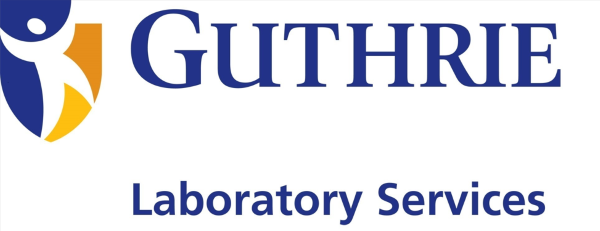| A B C D E F G H I J K L M N O P Q R S T U V W X Y Z # |
Thallium, Urine
Test Code8835
CPT Codes
83018, 82570
Includes
Creatinine
Preferred Specimen
7 mL random urine collected in an acid-washed or metal-free container
Minimum Volume
3 mL
Other Acceptable Specimens
Tests performed on a specimen submitted in a non-trace element tube or non-acid washed/non metal-free container may not accurately reflect the patient's level. If a non-trace element tube/container is received, it will be accepted for testing. However, elevated results shall be reported with a message that re-submission with a trace element tube/container is recommended.
Instructions
Avoid worksite collection. Collect urine in an acid-washed or metal-free plastic container.
Transport Container
Acid-washed plastic urine container
Transport Temperature
Refrigerated (cold packs)
Specimen Stability
Room temperature: 48 hours
Refrigerated: 5 days
Frozen: 14 days
Refrigerated: 5 days
Frozen: 14 days
Methodology
Inductively Coupled Plasma/Mass Spectrometry (ICP/MS)
FDA Status
This test was developed and its analytical performance characteristics have been determined by Quest Diagnostics. It has not been cleared or approved by FDA. This assay has been validated pursuant to the CLIA regulations and is used for clinical purposes.
This test code is for non-New York patient testing. For New York patient testing, see test code 13765.
Reference Range
Thallium, Random Urine
Creatinine, Random Urine
| Non-exposed Adult | ≤0.4 mcg/g creat |
Creatinine, Random Urine
| ≤6 Months | 2-28 mg/dL | |
| 7-11 Months | 2-31 mg/dL | |
| 1-2 Years | 2-110 mg/dL | |
| 3-8 Years | 2-130 mg/dL | |
| 9-12 Years | 2-160 mg/dL | |
| >12 Years Male | 20-320 mg/dL | |
| >12 Years Female | 20-275 mg/dL | |
Clinical Significance
Exposure to thallium is primarily through foods and may occur in highly selected industrial environments. Urinary thallium may be used in assessing toxicity.
Performing Laboratory
| med fusion |
| 2501 South State Hwy 121, Suite 1100 |
| Lewisville, TX 75067-8188 |

